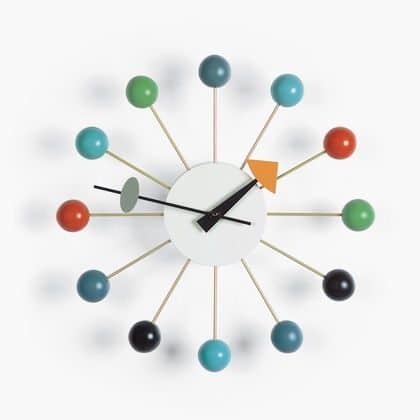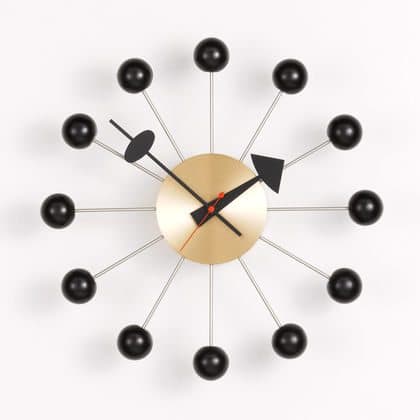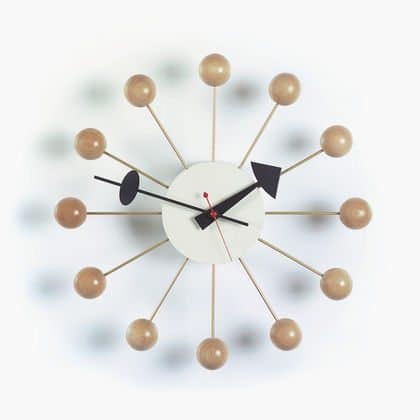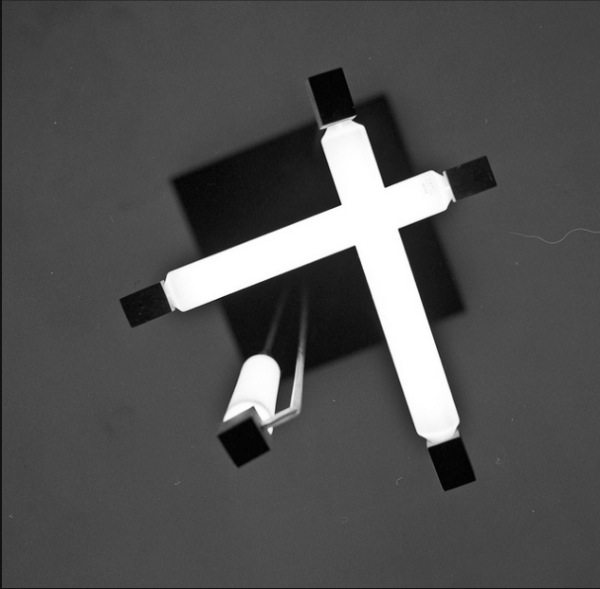[tie_slideshow]
[/tie_slide]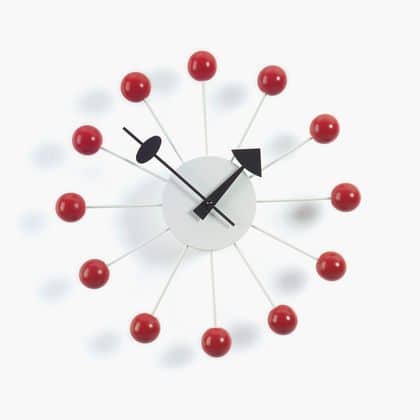 [/tie_slide]
[/tie_slide]
 [/tie_slide]
[/tie_slide]
[/tie_slideshow]
The post-WWII period was a new starting point for many people. The Americans embraced the decade of optimism by following the new trend of buying new objects to replace the old ones which brought bad memories of the difficult period.
George Nelson, together with his design studio and the Herman Miller Company, was undoubtedly one of the protagonists of this optimistic era regarding the furniture and interior design.
The Nelson Ball clock was one of the chief pieces of art of that period. A triangle and an ellipse at the end of the hour and minute hand respectively indicate the time. The design’s openness allows the background to be an interchangeable part of the clock which offers variety to the owner.
Because of its unique design, George Nelson’s Atomic Clock became one of the most recognizable pieces of the mid-century design. Its shape reminds of an atom’s molecular structure, resembling the modern age and technology innovations. The missing numbers may also indicate the representation of time as a metaphysical state in which it passes without reference.
On the other hand, all these speculations might not even be close to the real intentions of its unknown designer.
In his book ‘The Design of Modern Design’, Nelson explained how the drawing of the Ball Clock ‘appeared’ on a roll of paper after one night of too much drinking along with designers Harper, Buckminster Fuller and Isamu Noguchi during which they made drawings of what should have been a good clock.
Nelson stated that the clock’s design had Noguchi’s peculiar mind and hand, but over the years the key attribution was given to Irving Harper.


